Report recommends $100,000 fix for Chief Ladiga Trail sinkholes
The Anniston Star – April 5, 2016
By Seth Boster, Anniston Star Staff Writer, sboster@annistonstar.com
View Original Article
Filling sinkholes that have closed a section of the Chief Ladiga Trail could cost upwards of $100,000, according to a report by an engineering firm.
And the money, the report says, wouldn’t prevent Mother Nature from striking again.
The report to the city of Jacksonville, obtained by The Star on Monday, recommends a concrete-filling process that the firm, Birmingham-based Building & Earth Sciences, estimates will cost between $100,000 and $150,000. The report includes three other restoration options but calls “grouting” the most feasible at the site, near Warren Drive in Weaver. Jacksonville in February committed $8,000 for Building & Earth’s services after portions of the city’s trail section, two spots about 100 feet apart, toppled into underground voids.
No option guarantees the trail from being swallowed again, the report states. It points even to a section south of the sinkholes as “a possible location for a future collapse,” based on a study that found subsurface conditions to be prime for sinking.
The other, less-detailed options listed in the firm’s report are: excavating and backfilling the sinkholes with rock, clay and synthetic material; leaving the sinkholes be and building the trail around them; or forming a bridge-like structure over them. The report didn’t include costs for the other options. Jeff Cowen, a Building & Earth engineer who helped prepare the report, explained in a phone call Monday that those options could be less effective and more expensive than grouting.
Excavating and backfilling, Cowen said, is typically the “preferred method” in fixing sinkholes. He cautioned against that method in Jacksonville’s case, though: Considering the depth — engineers were able to drill 30 feet down but did testing that showed bedrock some 30 feet deeper — and considering the narrow, sloping area at the site, Cowen doubted the procedure would work.
Building the trail around the sinkholes, the report notes, would commit Jacksonville to acquiring additional right of way and to an extensive construction project.
And due to the site’s sinkhole-prone geography, Cowen noted that the newly-formed trail would be susceptible to the same fate of the current trail. A bridge might not be safe, either.
“These are very active. That’s what stands out about these,” Cowen said, speaking to the rapid growth of the sinkholes and their nearness to each other. “That could indicate, it probably does indicate, that both of these holes are related to the same features underneath that could bring into question everything between them.”??
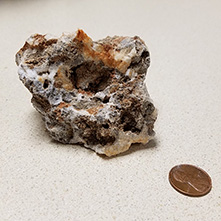 |
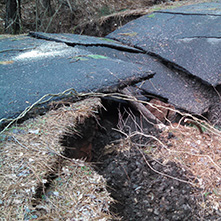 |
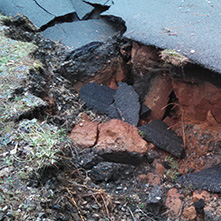 |
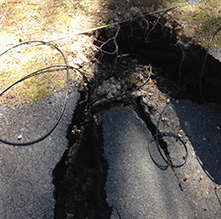 |
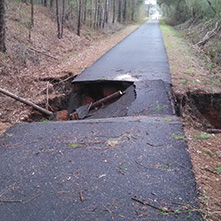 |
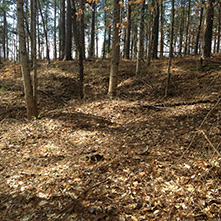 |
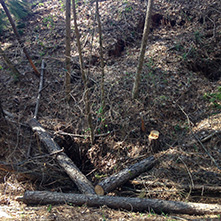 |
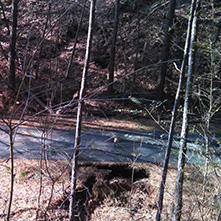 |
Officials in Jacksonville on Monday were weighing the options. Mayor Johnny Smith said he flipped through Building & Earth’s 40-page report and wondered about chances.
“That’s the hardest question about this whole thing,” Smith said. “What are the chances of a permanent fix?”
The area, like much of north Alabama, is at risk because of the prevalence of limestone bedrock. Water can erode the rock, causing soil to seep down through the spaces.
Calhoun County Commissioner Lee Patterson has said the commission would dedicate resources along with Jacksonville to see the trail restored. Smith said the city was hoping for grant money but sounded doubtful of that coming. Weaver Mayor Wayne Willis told Smith that his city could provide non-financial resources, but otherwise, Smith said he had not heard offers of help from other municipalities along the 33-mile trail, stretching from Anniston up to Piedmont.
The sinkholes came six months after the Jacksonville City Council passed a current fiscal year budget anticipating a $300,000 shortfall.
“We talk about quality of life that we all strive for, and that trail is a big factor in that,” Smith said of the trail, which is popular with cyclists, runners and walkers and is a tourist attraction. “It’s important to us, no question.
“It’ll be tough,” he said of restoring the trail. “But we’ll figure it out. We’ll find a way.”
?Staff writer Seth Boster: 256-235-3562. On Twitter @SethBoster_Star.[/vc_column_text][/vc_column][/vc_row]

